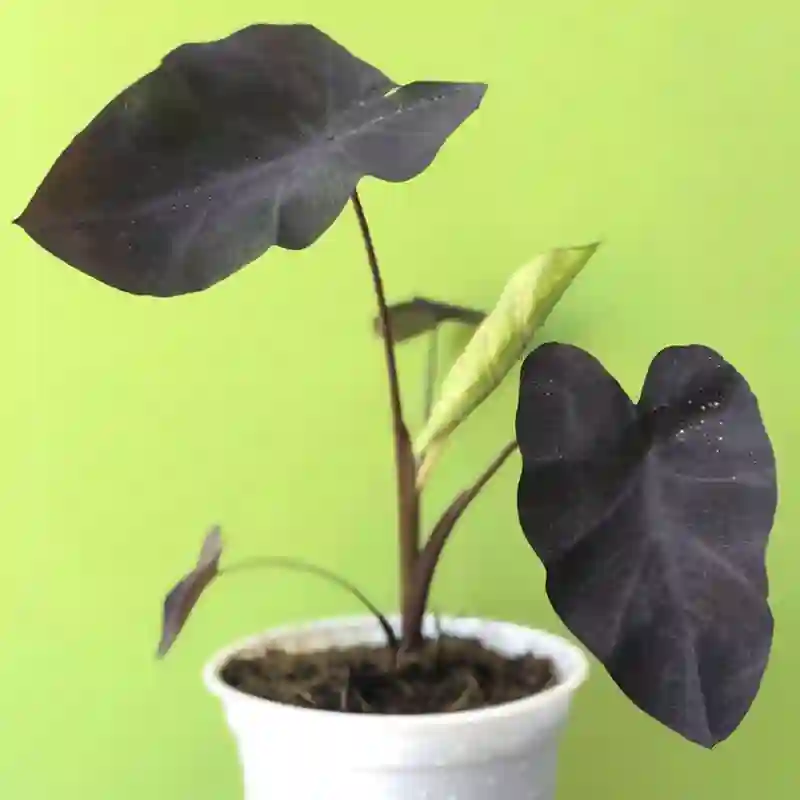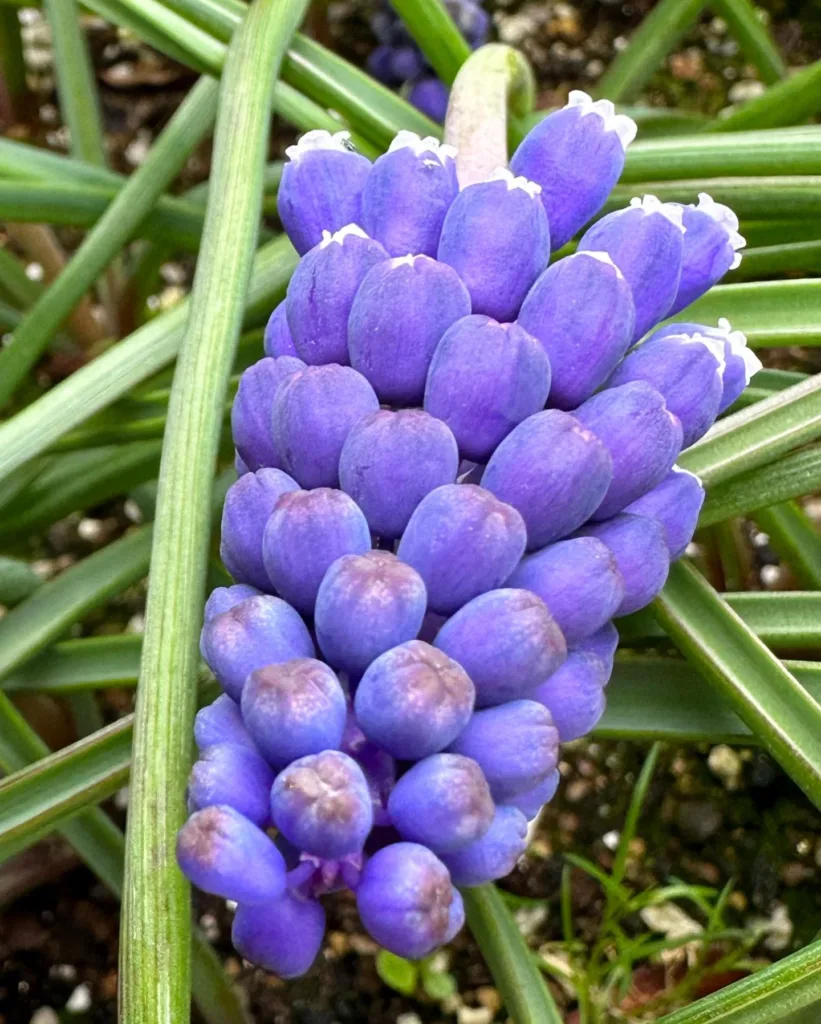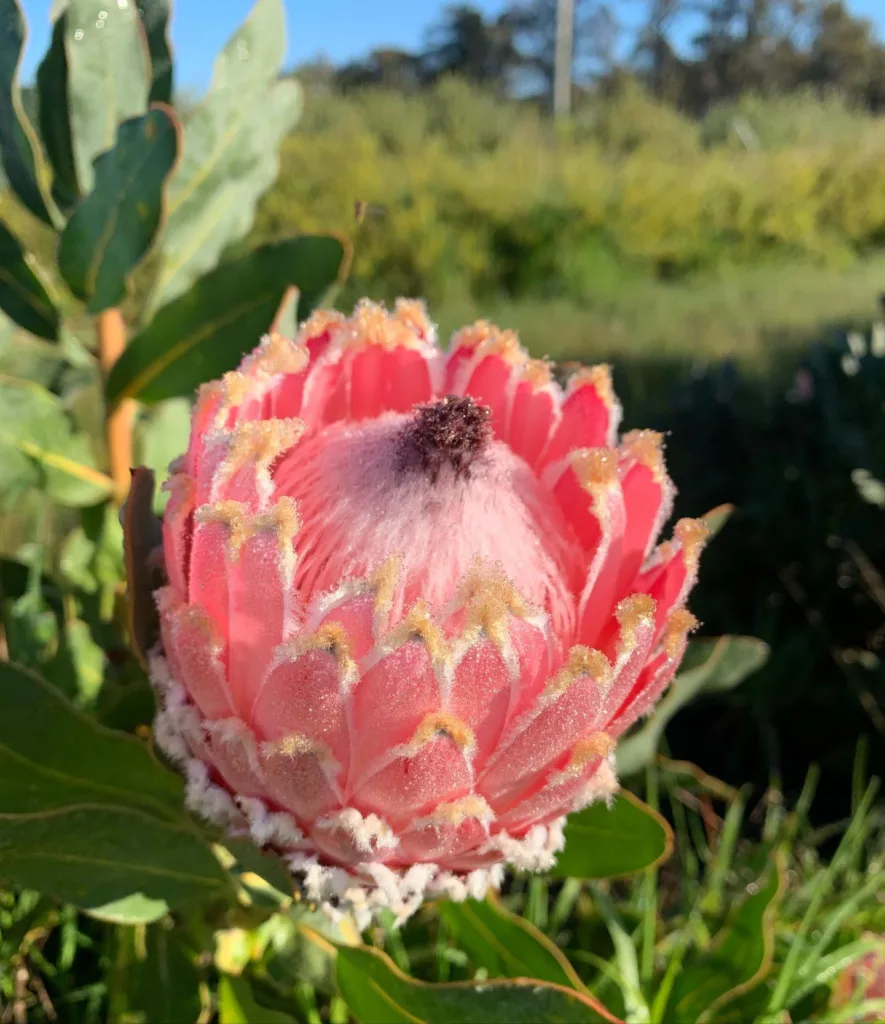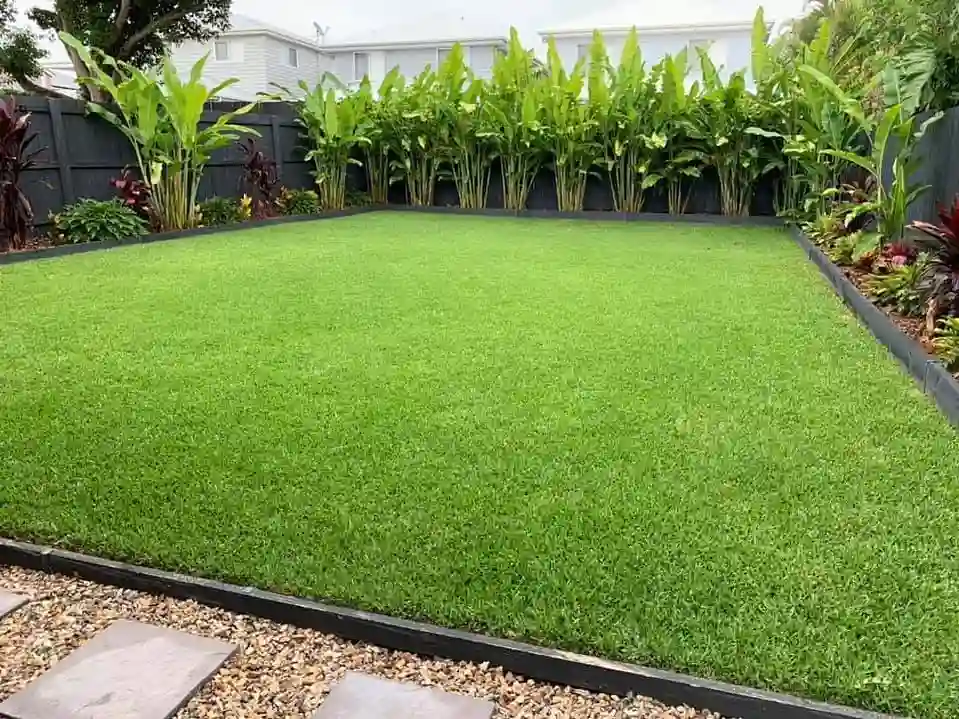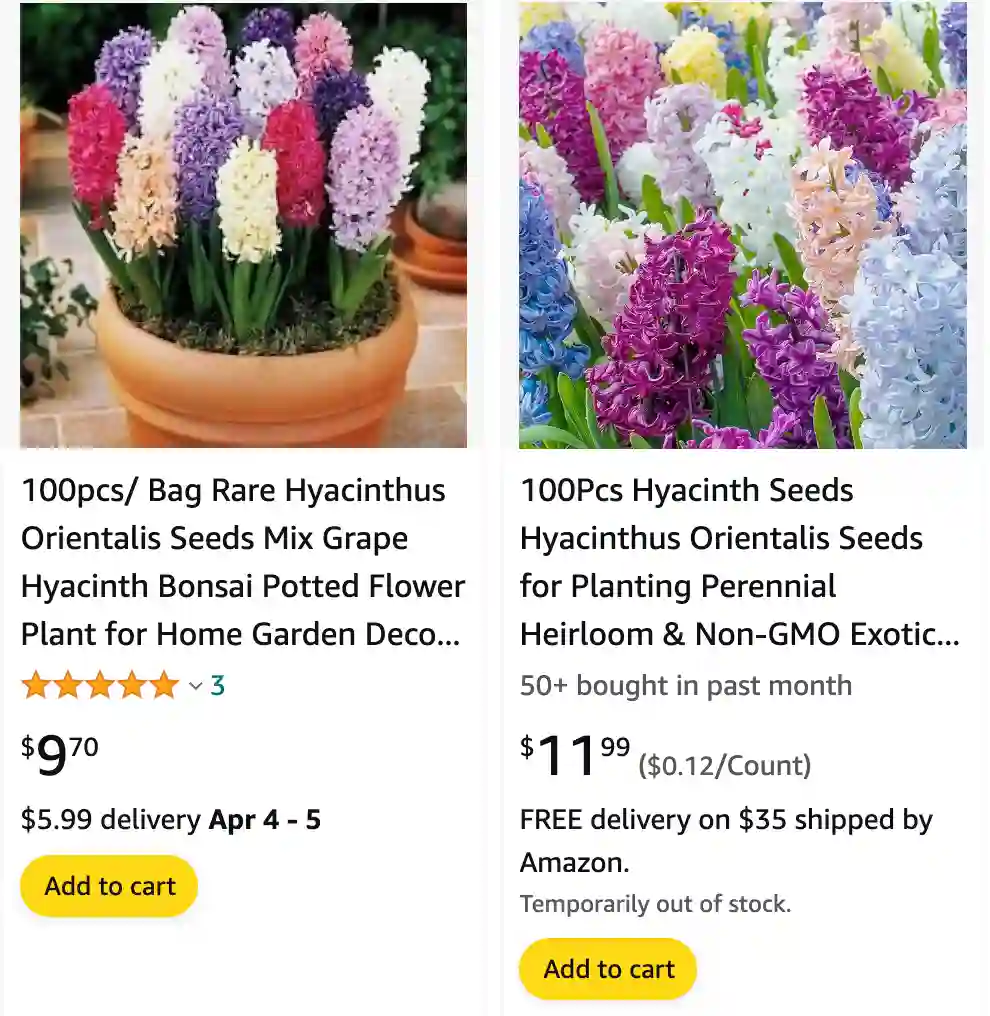
Hyacinthus Orientalis: A Gardener’s Guide
As an avid gardener, I’ve had the pleasure of working with a variety of plants, but few have captivated me as much as Hyacinthus Orientalis. Commonly known as the common hyacinth, this beautiful plant brings vibrant color and a sweet, intoxicating fragrance to any garden. In this article, I’ll share my knowledge and experience with Hyacinthus Orientalis, covering essential topics such as how to care for them, whether they are invasive, how to grow them from seeds, and even how to pronounce their scientific name.
Plant FAQs: 3 Species in Genus Hyacinthus – Hyacinth
What is Hyacinthus Orientalis?
Hyacinthus Orientalis, or the common hyacinth, is a bulbous plant belonging to the Asparagaceae family. Native to the eastern Mediterranean region, it has become a popular ornamental plant worldwide due to its stunning, densely packed flowers and pleasant scent. These flowers come in a range of colors, including blue, purple, pink, white, and yellow, making them a versatile addition to any garden.
How to Care for Hyacinthus Orientalis?
Caring for Hyacinthus Orientalis is relatively straightforward, making them an excellent choice for both novice and experienced gardeners. Here are some essential tips to ensure your hyacinths thrive:
Planting
Hyacinth bulbs should be planted in the fall, about 6 to 8 weeks before the first expected frost. Choose a location with well-draining soil and full to partial sunlight. Plant the bulbs about 4 to 6 inches deep and 3 inches apart.
Watering
Water the bulbs thoroughly after planting and keep the soil consistently moist, but not waterlogged, throughout the growing season. Once the flowers have bloomed and the foliage begins to die back, you can reduce watering.
Fertilizing
Apply a balanced fertilizer at the time of planting and again in the spring as the plants begin to grow. This will provide the necessary nutrients to support healthy growth and vibrant blooms.
Mulching
Mulch around the plants to help retain moisture and keep the soil cool. This also helps to prevent weeds from competing with your hyacinths for nutrients.
Post-Bloom Care
After the flowers have faded, allow the foliage to die back naturally. This process helps the bulbs store energy for the next growing season. Once the foliage has turned yellow and dried, you can trim it back.
Are Hyacinthus Orientalis Invasive?
Hyacinthus Orientalis is not considered invasive. While they do naturalize over time and can spread if conditions are favorable, they do so at a manageable rate. They are not aggressive and will not outcompete native plants or disrupt local ecosystems. If you want to control their spread, simply dig up and replant bulbs as needed.
How to Grow Hyacinthus Orientalis Seeds?
Growing Hyacinthus Orientalis from seeds can be a rewarding experience, though it requires patience and care. Here’s a step-by-step guide:
Seed Collection
Collect seeds from mature hyacinth plants after the flowers have faded and seed pods have formed. Allow the pods to dry on the plant before harvesting.
Sowing Seeds
Sow the seeds in a well-draining seed-starting mix. Plant them about 1/4 inch deep and space them 1 to 2 inches apart. Keep the soil moist and place the container in a cool, shaded area.
Germination
Hyacinth seeds require a period of cold stratification to germinate. You can achieve this by placing the planted seeds in a refrigerator for about 6 to 8 weeks. After this period, move the container to a sunny windowsill or a greenhouse.
Transplanting
Once the seedlings have grown strong enough, transplant them into individual pots or directly into the garden. This process can take a couple of years before the plants reach maturity and bloom.
How to Pronounce Hyacinthus Orientalis?
The pronunciation of Hyacinthus Orientalis might seem daunting at first, but it’s quite straightforward once you break it down:
- Hyacinthus: Hi-a-SIN-thus
- Orientalis: Or-ee-en-TAL-is
Saying it out loud a few times will help you get the hang of it. Impress your gardening friends with your newfound botanical vocabulary!
What to Plant with Hyacinthus Orientalis?
Hyacinthus Orientalis pairs well with other spring-blooming bulbs such as tulips, daffodils, and crocuses. These combinations create a stunning display of colors and textures in the garden. Additionally, consider planting them alongside perennials like hostas or ferns, which can help cover the dying foliage and extend the visual interest of your garden throughout the season.
In conclusion, Hyacinthus Orientalis is a delightful addition to any garden, offering beautiful blooms and a heavenly fragrance. With proper care and attention, these plants will reward you with their vibrant presence year after year. Happy gardening!
If i die, water my plants!
